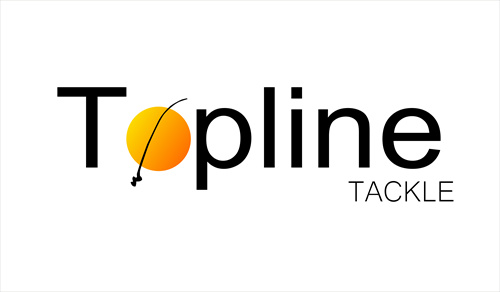For smaller species such as panfish or baitfish, you can use smaller hooks ranging from sizes 4 to 8. These hooks are suitable for bait like shrimp, squid, or cut bait.
For larger fish like snapper, grouper, or flounder, you will need larger hooks. Sizes 1/0 to 4/0 are commonly used for these species. These hooks can accommodate bigger baits such as whole fish or larger chunks of cut bait.
If you’re targeting even larger game fish such as tarpon, shark, or tuna, you may need to use larger hooks in the range of 5/0 to 10/0 or even bigger. These hooks can handle substantial baits and provide the necessary strength to land larger fish.
The size of the hook you should use for saltwater pier fishing will depend on several factors, including the size of the fish you are targeting and the type of bait you are using. Here are some general guidelines to help you choose the right hook size.
Hook Size
The size of the hook is based on the gap between the shank of the hook and its shaft (called its gape) and the length of the shaft. It is given in numerical form. The larger the number, the smaller the size of the hook — until a certain point.
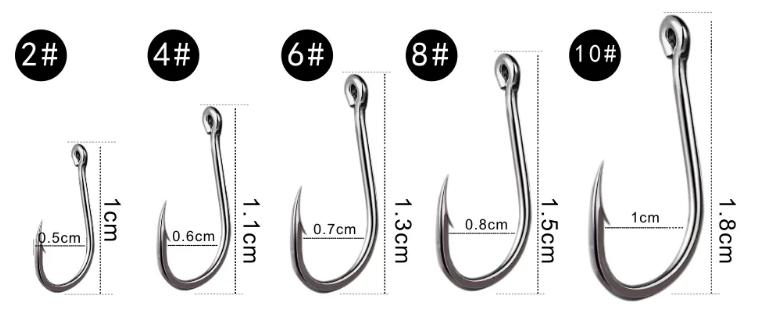
A #22 hook is very small for binding flies, while a #6 hook with a quarter inch gap is the perfect choice for catching bream. The size system is consistent until you reach a 1/0 hook. From here, the next size is 1/0, then 2/0, and so on. 2/0 is the size of a plastic worm suitable for catching bass. The largest hook is 10/0, which is large enough for sharks.
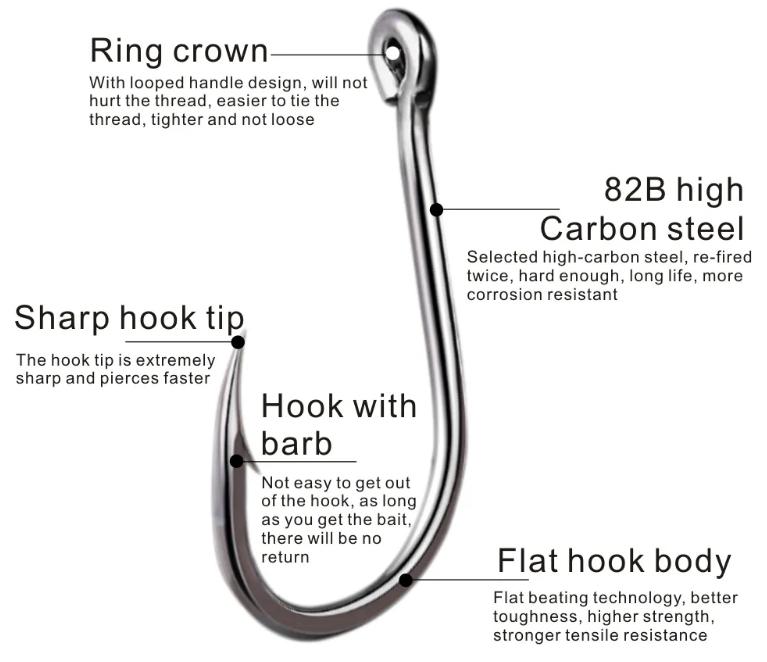
The hook shaft also has a certain standard length. The shaft of a #6 hook is generally five eighths to seven eighths of an inch long. If there is another number and an X after the hook number, it means that the hook axis is longer or shorter than normal. For example, “#6 is twice as short” means a #6 2x hook whose axis length is smaller than that of two size hooks. The length of the shaft of a #6 2x hook that is twice as long is the length of a hook that is two sizes larger.
Generally speaking, when fishing in fresh water, the largest hook you need is 1/0. Therefore, some fishermen like to regard 1/0 or more hooks as saltwater hooks, which simplifies the system to a certain extent.
The size of the hook you should use depends on the size of the fish you want to catch, or more specifically, the size of its mouth. A five-pound carp and a five-pound bass are basically the same size, but if you want to catch carp, you need a much smaller hook because its mouth is much smaller. You also need to consider the size of the bait and hook you use.
A live small fish needs a hook larger than an earthworm, even if it is used to catch the same kind of fish, because the gap of the hook needs to be wide enough to make the small fish move. Just try to remember that you can catch big fish and small fish with a small hook, but you can only catch big fish with a big hook.
Hook Styles
The hook is designed for different types of fishing, so it has different shapes. Some hooks have a wide gap between the hook tip and the hook rod, which means they can use thick plastic worms. When you put the hook on the fish, there is still a small gap for the bait to fill. Other hooks use barbs, unique bends, and even small coils of wire to ensure that the bait stays on top. You can find hooks made of very heavy metal or light wire, depending on the type of fish they are designed to catch.
Bait Hook
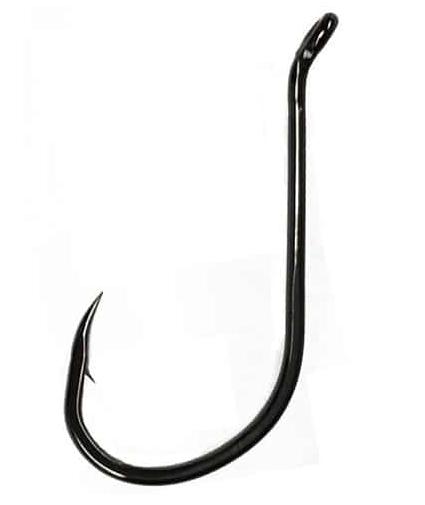
Because the bait has different sizes and lengths, there are also many different styles of bait hooks. The bait hook usually has additional barbs on the hook handle and the curved part. These additional barbs help to keep the bait on the hook (such as squirming worms).
The bait hook can have different styles, and is the most commonly used hook style. Most hooks have barbs or a small spring, both of which help to hold the bait in place. Shorter bait hooks are suitable for use in funnels, while longer bait hooks are suitable for teaching children how to fish.
Treble Hook
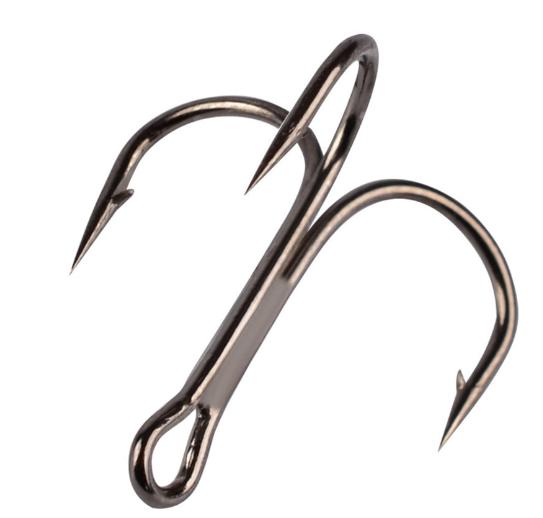
“Treble” means composed of three hooks, that is, three bends and points. These three hooks provide good bite force for fishing artificial bait, such as crank fish, rotary fish, water fish, and even additional bait (such as salmon, trout, musk fish, etc.). Because fish often have more than one hook in their mouth, Treble hook is very good at maintaining the vitality and effect of fish. Note: When using the tripod hook on different water bodies, be sure to check your fishing regulations.
These hooks have specific uses and can be found frequently in most fishing gear stores. It is important that the size of double hook and triple hook may be different from that of single hook. For example, the No. 6 double hook can have a different gap than the #6 single hook.
Circle Hook
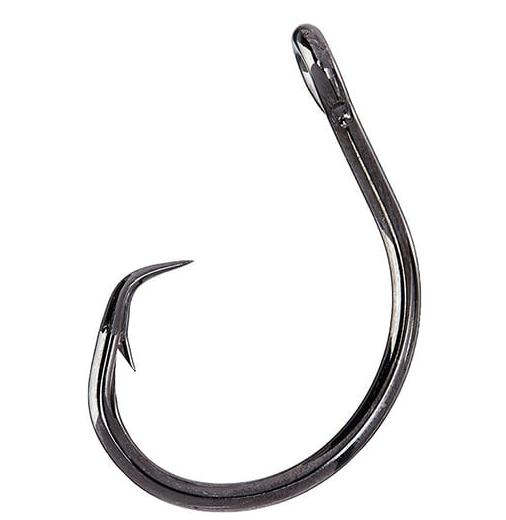
It is a round hook with a sharp tip. This shape usually ensures that the hook tip only catches the exposed surface, which is usually at the corner of the fish mouth. Fish usually hook themselves, so you usually don’t need too many (or any) hook settings. Another advantage of the round hook is that it is usually not swallowed by fish, which greatly increases the mortality rate.
The name of the round hook comes from its round appearance. It is mainly used when fishing live bait. The round hook can improve the rate of hooking and reduce the possibility of fish viscera hooking. The main difference between the ordinary “hook and the circular hook is shown when the fish is hit. The circular hook does not need to be rigid like the ordinary hook, but slides out of the fish’s throat. Once the hook reaches the fish’s mouth, the barb will stab in. At this time, the hook tip will rotate, and the hook will fall down by itself. If you try to lower the hook in the same way as the” normal “hook, it will almost always lead to the loss of the fish. On the contrary, shake down and apply stable pressure.
Octopus Hook
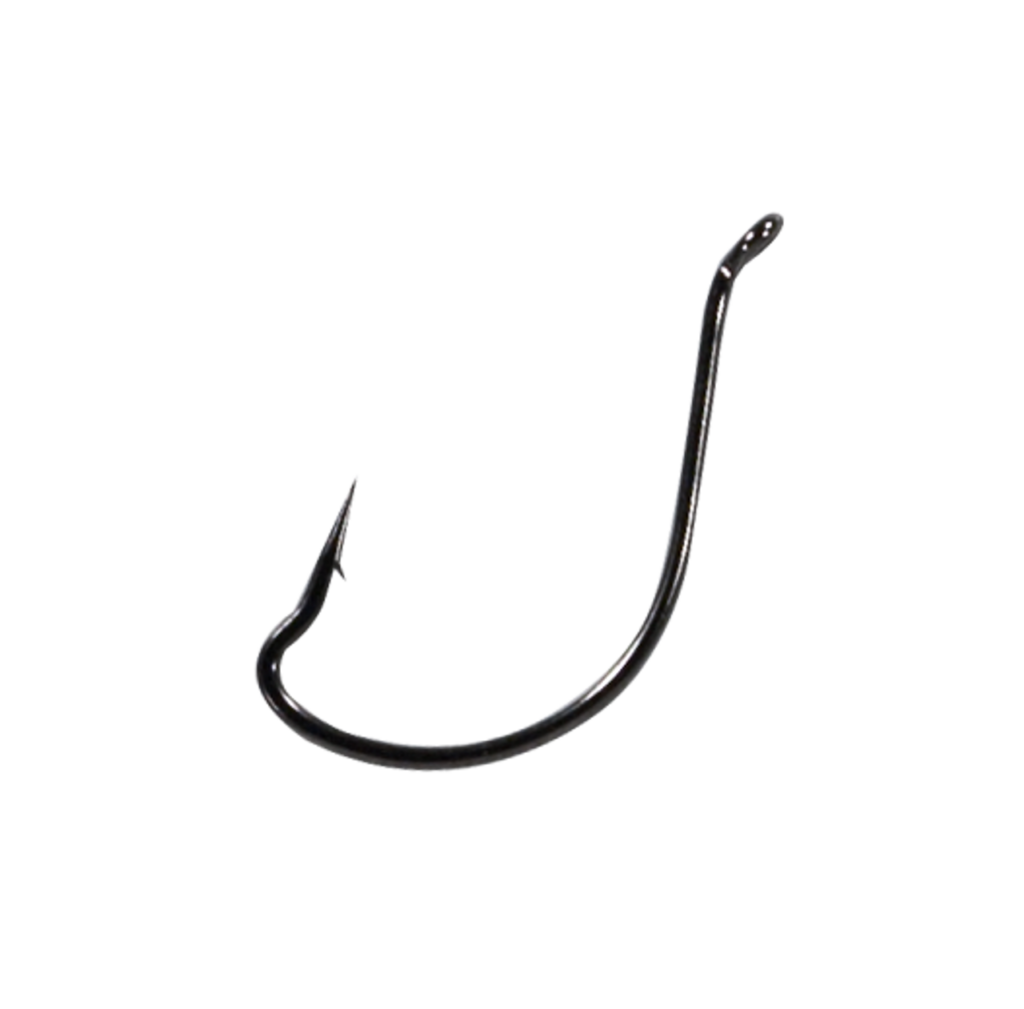
The octopus hook has a short and curved hook handle, although it is not as serious as the round hook. Octopus hooks are mostly used for fishing bait and situations requiring low hook weight and size. These hooks are ideal for hooking leeches through their suction cups. This type of hook has spawned many varieties, of which mosquito hook is the most popular variety.
These are one of my favorite hooks. They have a short handle and a slightly lower wide gap than the general bait hook or J-hook. However, their gap width should not be confused with the wide seam hook. The hook eye is far away from the hook point, which makes it very suitable for tying the egg loop knot, which is very beneficial for fixing the yarn, bait, etc. I use these hooks to catch various typical small mouth fish species, such as salmon, steelhead fish and trout. That is to say, I do not recommend using these hooks for large-mouth fish species, such as bass.
Conclusion about Hook For Saltwater Pier Fishing
In conclusion, the size of the hook you choose for saltwater pier fishing depends on several factors, including the target species, bait type, and fishing conditions. Smaller hooks ranging from sizes 4 to 8 are suitable for smaller fish and baits like shrimp or cut bait. For larger species such as snapper or grouper, sizes 1/0 to 4/0 are commonly used, accommodating larger baits such as whole fish or bigger cut bait. When targeting even larger game fish like tarpon or tuna, larger hooks in the range of 5/0 to 10/0 or bigger may be necessary. It’s important to check local fishing regulations and seek advice from local anglers or bait shops for specific recommendations based on the pier and target species in your area. By considering these factors, you can select an appropriate hook size that increases your chances of success in saltwater pier fishing.
FAQ about Hook For Saltwater Pier Fishing
Q: What size hook should I use for saltwater pier fishing?
A: The size of the hook depends on the type of fish you are targeting. Generally, for pier fishing, a range of hook sizes from 1/0 to 4/0 is commonly used, but it’s essential to consider the specific species you’re after and adjust accordingly.
Q: What type of hooks are best for saltwater pier fishing?
A: Circle hooks or J-hooks are popular choices for saltwater pier fishing. Circle hooks are known for their ability to hook fish in the corner of the mouth, reducing the chances of deep hooking and aiding in catch-and-release efforts.
Q: Can I use the same hook size for different fish species in saltwater pier fishing?
A: While you can use the same hook size for different fish species, it’s important to match the hook size to the mouth size of the target species. Larger fish may require larger hooks to accommodate their mouths, while smaller fish can be caught with smaller hooks.
Q: Is it better to use single hooks or treble hooks for saltwater pier fishing?
A: Single hooks are generally recommended for saltwater pier fishing due to their ease of use and reduced risk of entanglement. Treble hooks are more commonly used in certain types of fishing, such as trolling, where multiple hook points can increase hooking efficiency.
Q: Should I use barbed or barbless hooks for saltwater pier fishing?
A: It’s recommended to use barbless hooks for saltwater pier fishing, as they make hook removal easier and cause less harm to the fish. Barbless hooks are also required in certain areas to comply with catch-and-release regulations.
Q: Are circle hooks effective for saltwater pier fishing?
A: Yes, circle hooks are highly effective for saltwater pier fishing. Their unique design allows them to hook fish in the corner of the mouth, reducing the chances of gut-hooking or deep-hooking, and increasing the chances of a successful catch.
Q: Can I use artificial lures with hooks for saltwater pier fishing?
A: Yes, you can use artificial lures with hooks for saltwater pier fishing. Depending on the size and type of lures, you may need to adjust the hook size accordingly to ensure proper hooking efficiency.
Q: How do I know if the hook is too large or too small for saltwater pier fishing?
A: If the hook is too large, you may experience difficulty hooking smaller fish or encounter problems with the hook becoming snagged on the pier structure. If the hook is too small, larger fish may have trouble taking the bait or may break off during the fight.
Q: Are there any regulations or restrictions on hook sizes for saltwater pier fishing?
A: Regulations regarding hook sizes may vary depending on the location and specific fishing regulations. It’s important to check with local fishing authorities or consult fishing guides to ensure compliance with the rules and regulations in your area.
Q: Should I consider the bait size when choosing a hook for saltwater pier fishing?
A: Yes, the size of the bait should be considered when selecting a hook. The hook should be large enough to accommodate the bait properly, ensuring that it is securely attached and presented in an enticing manner to attract fish.
